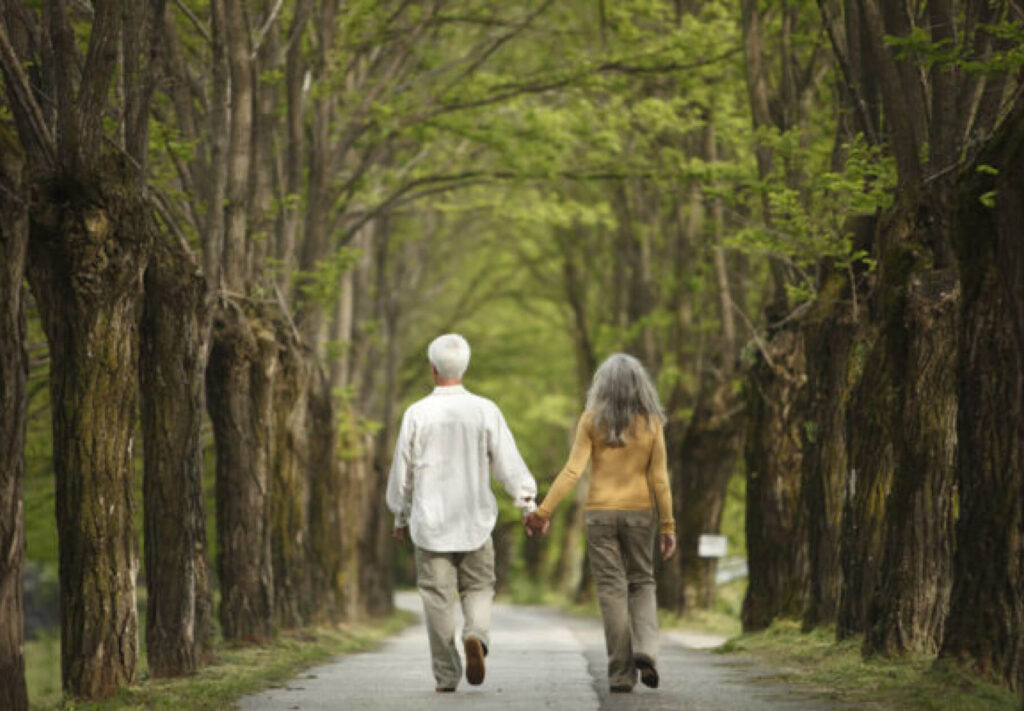How do you choose between cremation vs. burial? Not sure what you prefer? Here are some things to consider to help you make the best decision.
Advantages of Cremation
The cremation rate in the U.S. has almost doubled in the past 15 years, according to a report the Cremation Association of North America (CANA). The cremation rate in the U.S. has risen from 25% in 2009 to 45.1% in 2015 and is expected to exceed 70% by 2030, according to the National Funeral Directors Association (NFDA). The reasons for the rise? Multiple factors are influencing this change, including:
Cost: Cremation is typically less expensive than burial. The average cost for a traditional funeral is between $7,100 and $10,000, which includes services in a funeral home, casket and a vault, and burial in a cemetery, according to the NFDA. Compare that to cremation with a basic memorial service through a funeral home, which averages between $2,000-$4,000.
Environmental Footprint: Cremation is considered to be more environmentally friendly by some. Cremation uses fewer resources than other forms of disposition. Traditional cremation is the reduction of the body to bone fragments through the application of intense heat. The fragments are then finely processed so that they can be placed in an urn for final disposition.
You Can Take it with You: The remains can be transported easily if you move.
Flexibility: Since there are no time constraints, families have more options for personalizing a memorial service, which can be arranged at a convenient time for friends and family. The family has time to plan for scattering at a meaningful site or creating keepsakes by incorporating a portion of the ashes into jewelry or other items. The NFDA attributes the move toward personalizing to the Baby Boomers, who have a desire to make their memorials more meaningful.
Advantages of Burial
Ground burial has been around for centuries and continues to be the most traditional form of end-of-life arrangements. Ground burial provides:
Permanent Place for Future Generations to Visit: Visiting a grave can be a way to try to remain connected to those who’ve died, according to grief expert and author Shelly Beach. Family members and loved ones often derive a great amount of comfort from having a specific place to go to remember the deceased and can arrange gatherings for special dates, including holidays, birthdays and anniversaries.
Personalized Memorial or Monument: A headstone or other type of memorial can be important to survivors, especially if it is located in a family plot near others who were close to the deceased.
Place for Family Members to be Buried Next To Each Other: The wish to remain near family members is the reason people purchase family plots, spaces in a cemetery that contain multiple spaces “reserved” just for family members.
Community mausoleums also provide a form of burial in an above ground building, away from the elements of the earth. Once a choice available only to the rich and famous, mausoleums are now surprisingly affordable.

